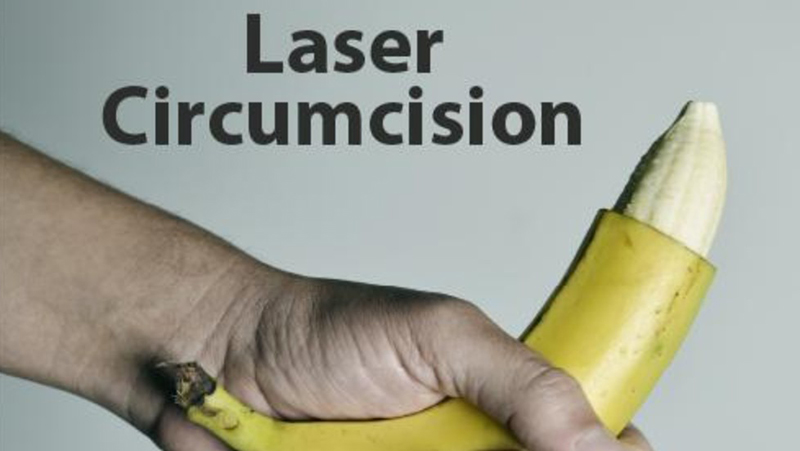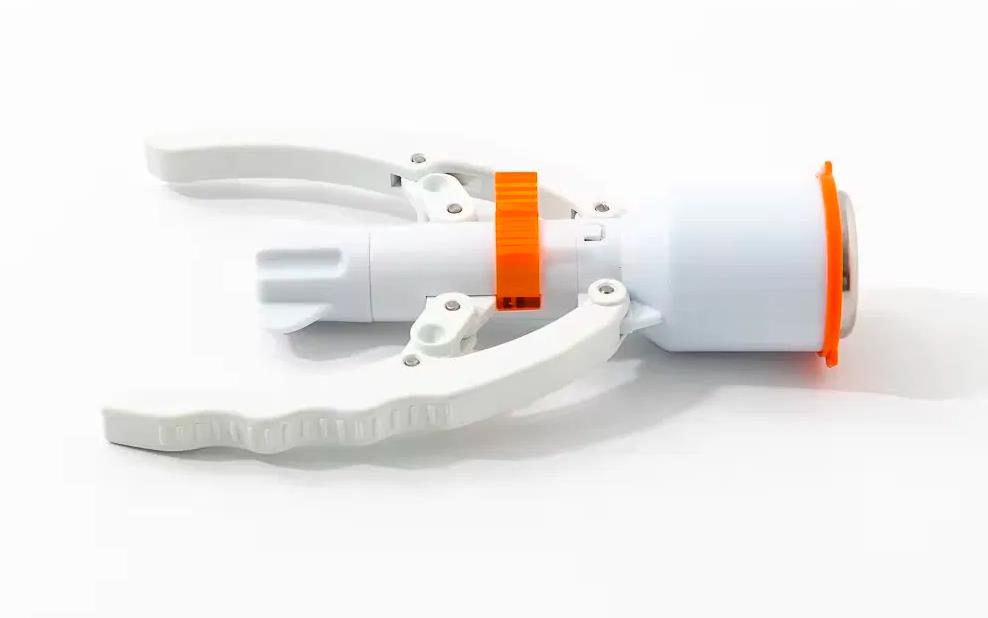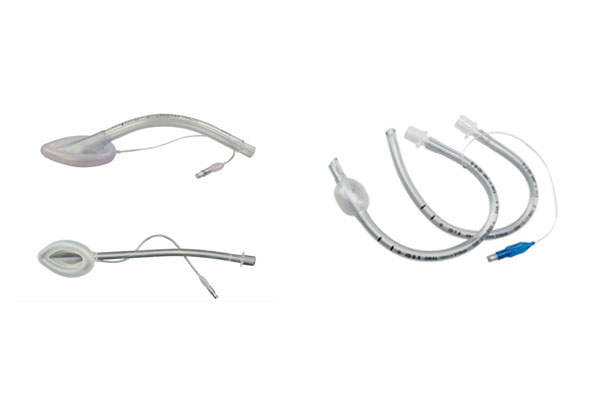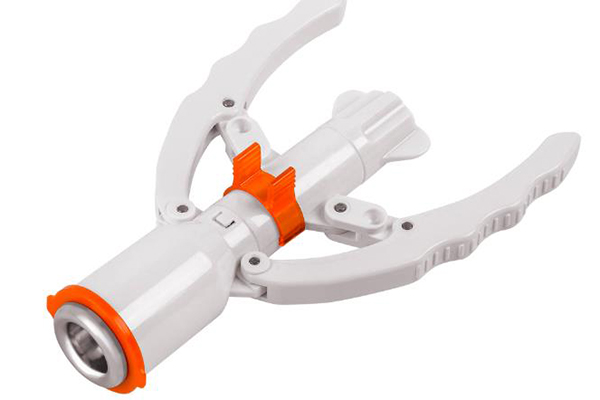
Reinkom Medical Instruments Co., Ltd
focused on disposable surgical medical instruments
What is the main purpose of circumcision?
Circumcision, a surgical procedure involving the removal of the foreskin from the male penis, has been practiced across various cultures and religions for centuries. While its historical and cultural significance varies widely, understanding the main purpose of circumcision today requires a nuanced look at its medical, religious, and societal contexts.

Medically, circumcision is often performed with the aim of improving hygiene and reducing the risk of certain health issues. One of the most commonly cited medical benefits is the decreased risk of urinary tract infections (UTIs) in infants. Studies have shown that circumcised males experience a lower incidence of UTIs during infancy compared to their uncircumcised counterparts. This is particularly important as UTIs in young children can lead to more serious complications if left untreated.
Beyond infancy, circumcision is also associated with a reduced risk of certain sexually transmitted infections (STIs), including HIV in specific populations. While the protective effect against STIs is not absolute and varies depending on multiple factors, some research suggests that the foreskin can serve as a reservoir for bacteria and viruses, potentially increasing the risk of transmission. However, it's crucial to note that safe sex practices, such as consistent condom use, remain the primary means of preventing STIs regardless of circumcision status.
Religiously, circumcision holds profound significance, particularly within Judaism and Islam. In Judaism, circumcision is a mitzvah (commandment) performed on the eighth day of a male child's life as a symbol of the Abrahamic covenant. It is seen as a ritual of purification and a mark of distinction between the Jewish people and others. Similarly, in Islam, circumcision is widely practiced, though the timing of the procedure can vary based on regional customs and interpretations of Islamic law. For adherents of these faiths, circumcision is not just a medical procedure but a spiritual obligation reflecting their religious identity and commitment.
Socially, circumcision can also play a role in cultural identity and tradition. In many communities, being circumcised is viewed as a marker of adulthood and a rite of passage. It can foster a sense of belonging and continuity with one's ancestors and community. These cultural norms can influence parents' decisions to circumcise their sons, even in the absence of strong medical indications.
However, it's important to acknowledge that the decision to circumcise is deeply personal and should be made based on an individual's values, beliefs, and medical considerations. Parents considering circumcision for their infant should consult with a healthcare provider to discuss the potential benefits, risks, and alternatives.

the main purpose of circumcision is multifaceted, encompassing medical, religious, and societal dimensions. While it can offer health benefits and fulfill religious obligations, it is ultimately a personal choice that should respect individual autonomy and cultural diversity. Understanding these varied perspectives is crucial in fostering informed and empathetic conversations around this complex








